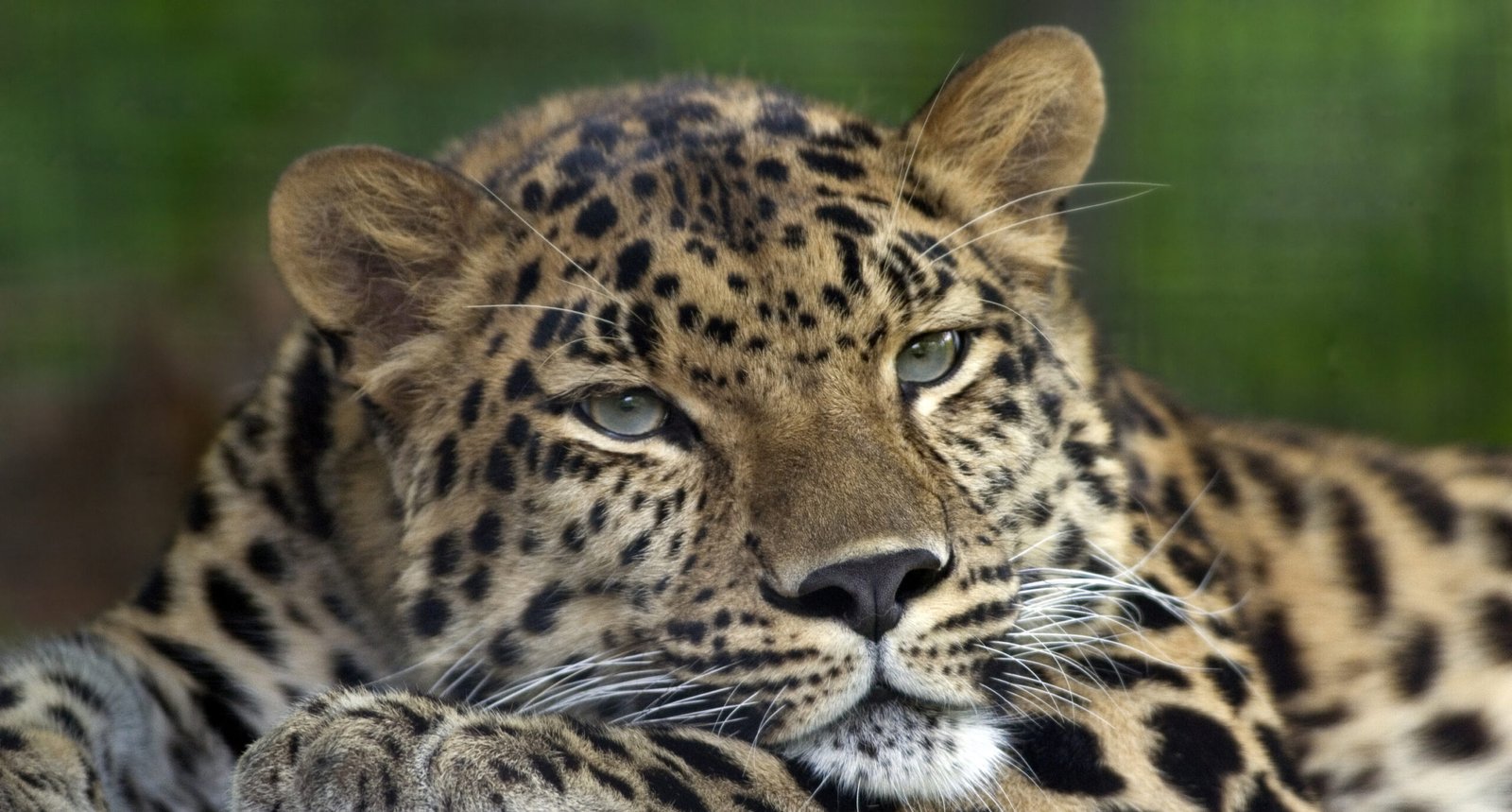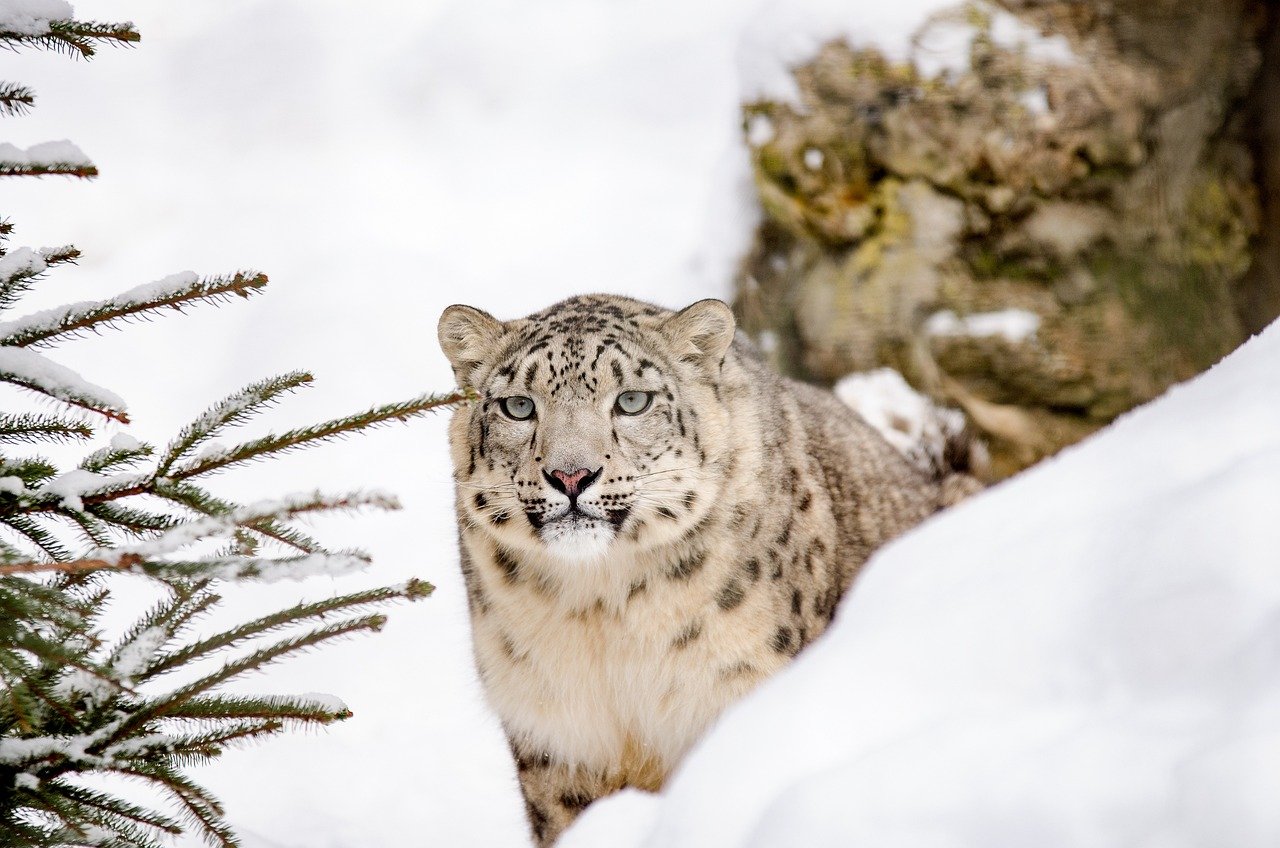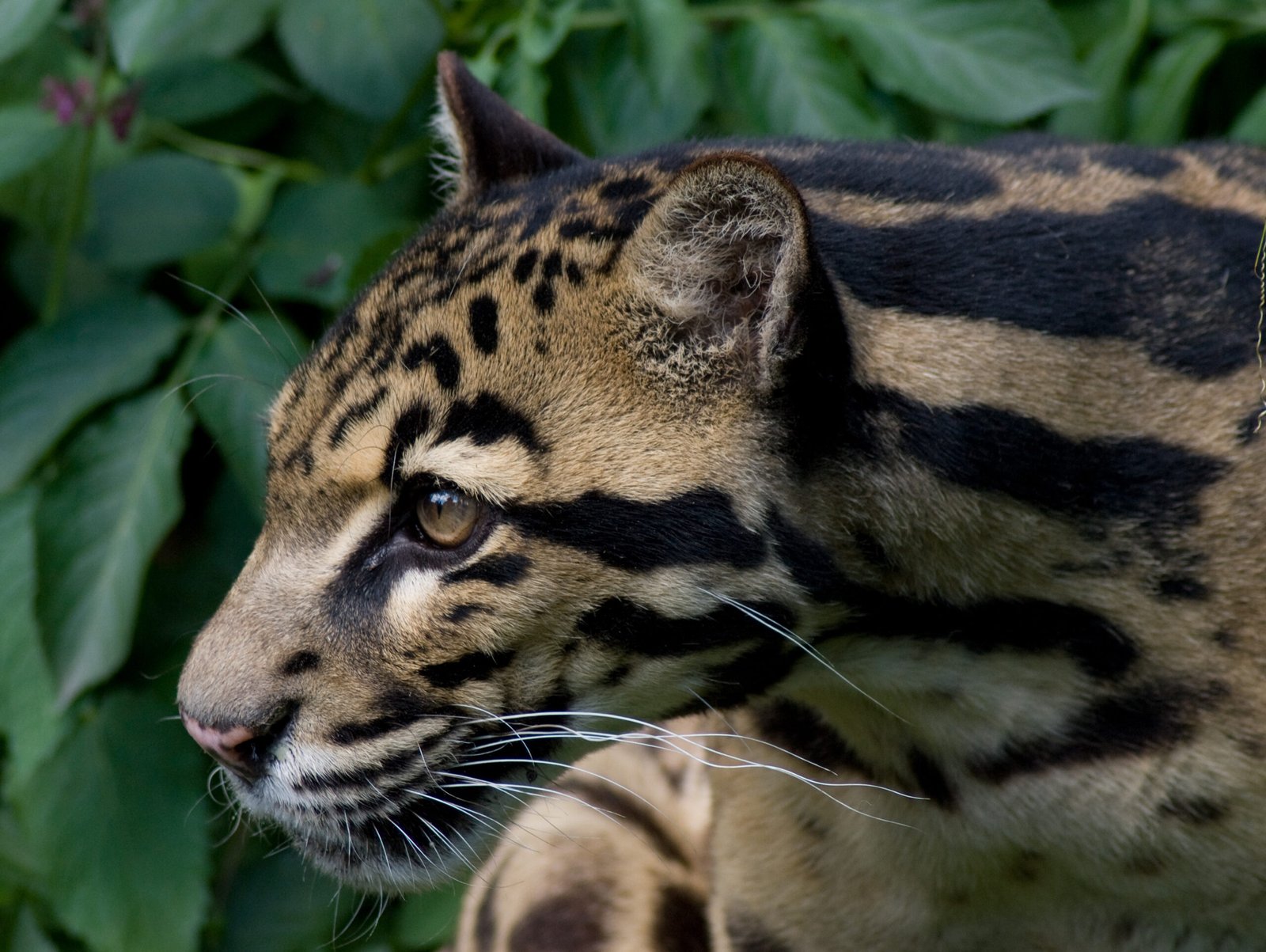In the vast and diverse world of felines, big cats often capture our imagination with their majestic beauty and power. While lions, tigers, and leopards are well-known, there are several lesser-known subspecies that are equally fascinating. These big cats, often hidden in remote corners of the world, possess unique characteristics and behaviors that set them apart. Let’s embark on a journey to discover six big cat subspecies you probably didn’t know existed.
Amur Leopard: The Ghost of the Forest

The Amur Leopard, often called the “ghost of the forest,” is one of the rarest big cat subspecies in the world. Found primarily in the temperate forests of the Russian Far East, these leopards are known for their striking, thick fur, which changes color with the seasons. Unlike their African cousins, Amur Leopards have adapted to cold climates, with a thicker coat to withstand harsh winters. Their elusive nature makes them difficult to spot, as they blend seamlessly into their surroundings. Despite their beauty, these leopards face severe threats from habitat loss and poaching, making conservation efforts crucial for their survival. With fewer than 100 individuals left in the wild, the Amur Leopard is a poignant reminder of the fragility of nature.
Indochinese Tiger: The Shadow of the Jungle
Roaming the dense forests of Southeast Asia, the Indochinese Tiger is a master of stealth. Smaller than its Bengal and Siberian counterparts, this tiger subspecies is perfectly adapted to life in the dense undergrowth. Its distinctive orange coat, marked with narrow black stripes, provides excellent camouflage. Indochinese Tigers are solitary creatures, often hunting alone at night. They primarily feed on deer, wild boar, and smaller mammals. However, their numbers have been dwindling due to deforestation and poaching. Conservationists are working tirelessly to protect these magnificent creatures, ensuring they continue to roam the jungles for generations to come.
Clouded Leopard: The Arboreal Acrobat
The Clouded Leopard, with its mysterious allure, is a true arboreal acrobat. Found in the rainforests of Southeast Asia, these cats are adept climbers, often spotted lounging in trees or leaping between branches with ease. Their elongated canine teeth and unique skull structure give them a prehistoric appearance, reminiscent of saber-toothed cats. Despite their name, Clouded Leopards are not true leopards but belong to a separate lineage of big cats. Their spotted, cloud-like markings provide excellent camouflage in the dappled forest light. These elusive cats are rarely seen in the wild, making them a subject of intrigue for researchers and wildlife enthusiasts alike.
Snow Leopard: The Phantom of the Mountains

High in the rugged mountains of Central Asia, the Snow Leopard reigns supreme. Known as the “phantom of the mountains,” this big cat is perfectly adapted to its harsh, cold environment. Its thick, grayish coat, long bushy tail, and powerful limbs enable it to navigate the rocky terrain with ease. Snow Leopards are solitary creatures, with a territory spanning hundreds of square kilometers. They primarily hunt ibex, blue sheep, and other mountain ungulates. Despite their elusive nature, Snow Leopards are threatened by poaching and habitat degradation. Efforts to protect these majestic cats are crucial, as they play a vital role in maintaining the delicate balance of their mountain ecosystems.
Javan Leopard: The Island Enigma
The Javan Leopard, native to the island of Java in Indonesia, is a true enigma. Smaller than its mainland relatives, this subspecies has adapted to the island’s diverse landscapes, from dense jungles to open savannas. Its sleek, black-spotted coat provides excellent camouflage in the varied terrain. Javan Leopards are solitary and elusive, often retreating to the island’s remote areas to avoid human contact. Despite their adaptability, these leopards face significant threats from habitat loss and human-wildlife conflict. Conservation efforts are underway to protect their dwindling populations and ensure the survival of this unique subspecies.
Sunda Clouded Leopard: The Forest Phantom

The Sunda Clouded Leopard, native to the islands of Borneo and Sumatra, is a true forest phantom. With its striking cloud-like markings and long tail, this subspecies is perfectly adapted to life in the dense rainforest. Unlike its mainland counterpart, the Sunda Clouded Leopard has a stockier build, allowing it to navigate the forest floor with ease. These cats are elusive and rarely seen, often preferring the cover of night to hunt. They feed on a variety of prey, including monkeys, birds, and deer. Despite their mysterious nature, Sunda Clouded Leopards face threats from deforestation and hunting, making conservation efforts vital for their future.
In conclusion, the world of big cats is as diverse as it is captivating. Each subspecies, from the elusive Amur Leopard to the enigmatic Javan Leopard, offers a glimpse into the beauty and complexity of nature. While they may be lesser-known, these big cats play a crucial role in maintaining the balance of their ecosystems. As we continue to learn more about these magnificent creatures, it is our responsibility to protect and preserve them for future generations.

Born and bred in South Africa, a Capetonian at heart. Amy-Leigh’s love for nature and animals was inherited from her Dad. He loves taking the family on road trips to experience nature at its finest; Amy-Leigh’s favourite being whale watching in Hermanus and spotting Kudu along the West Coast. Amy-Leigh holds a BA in English Literature and Communication Studies.






